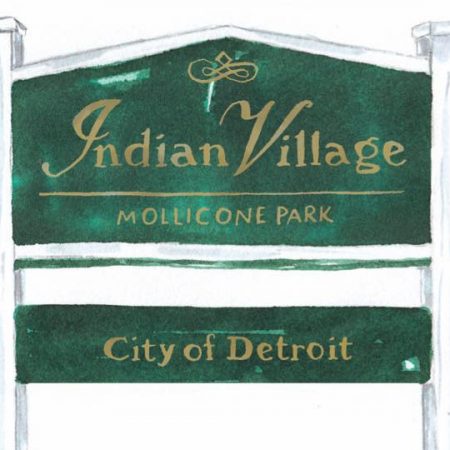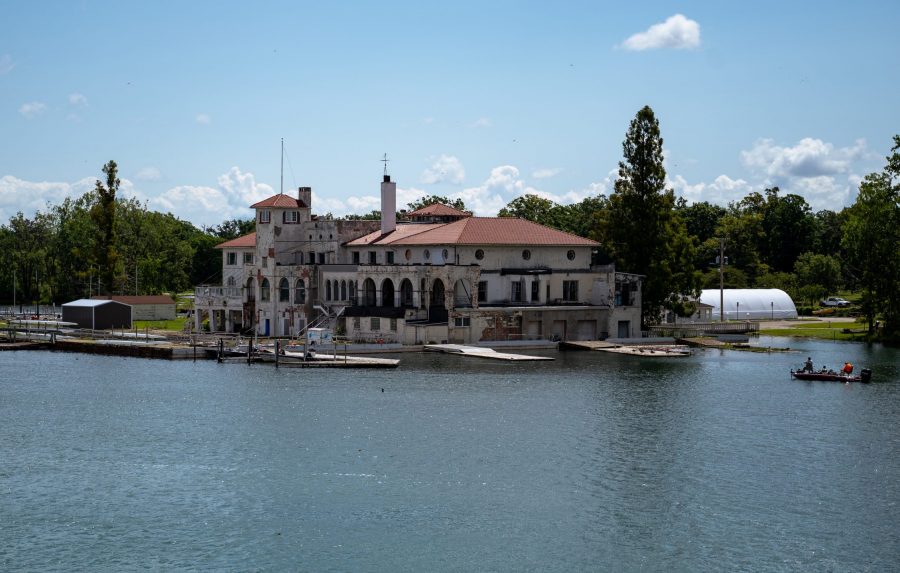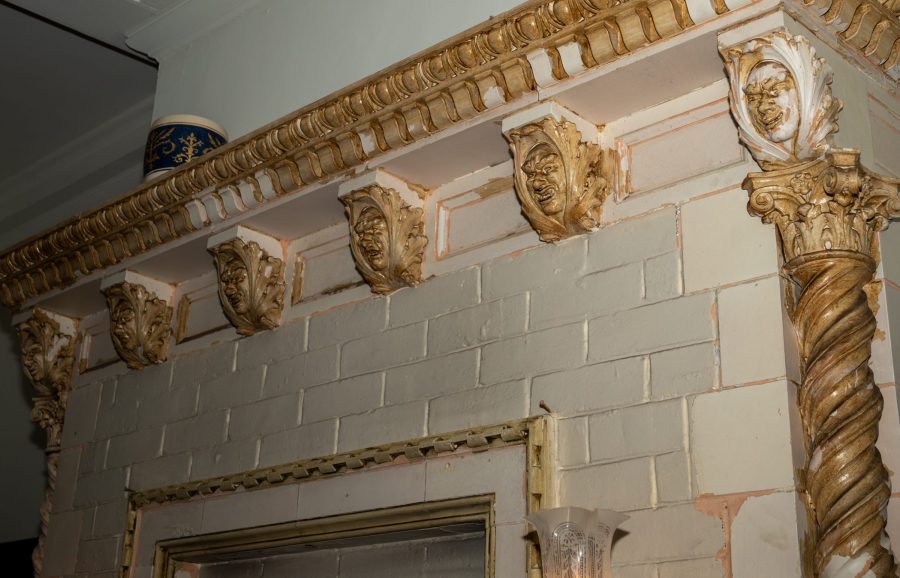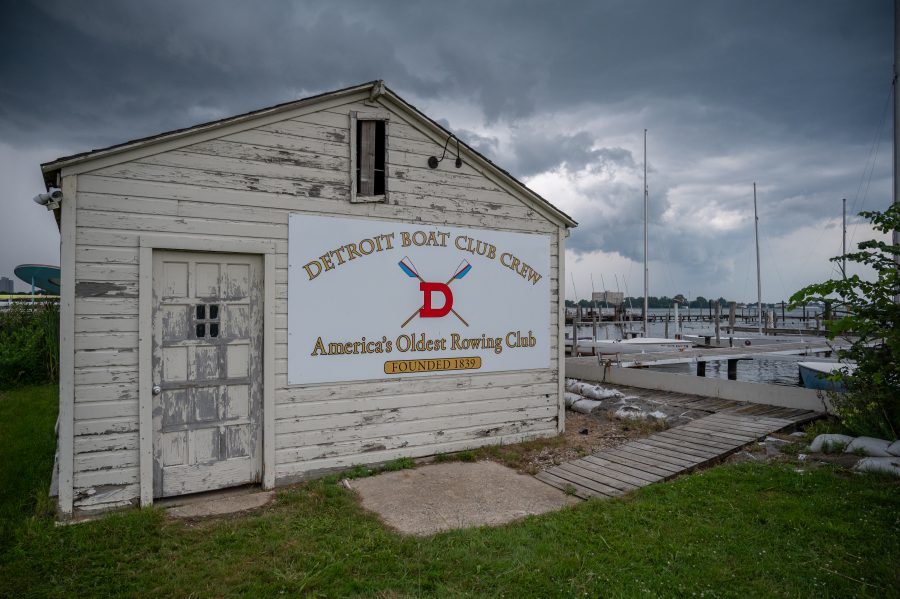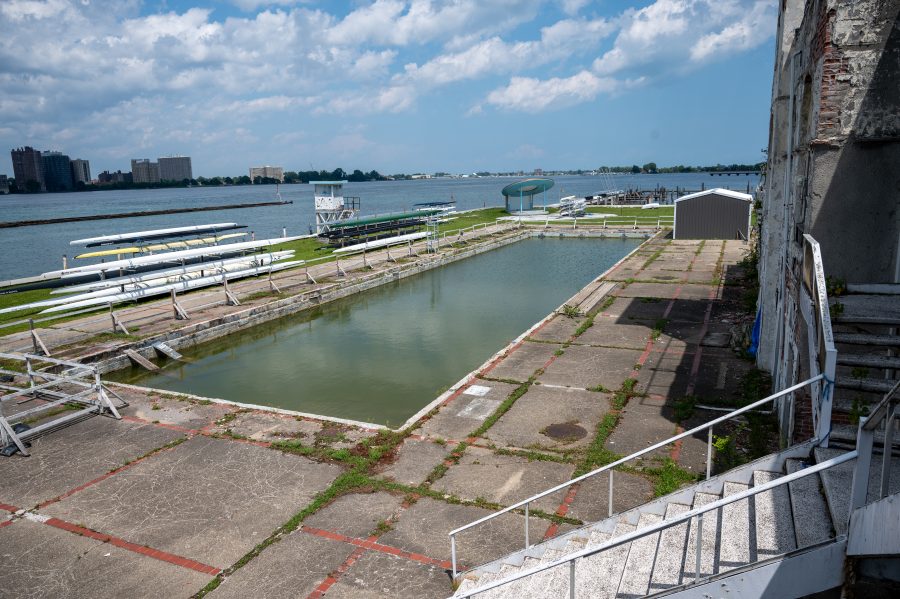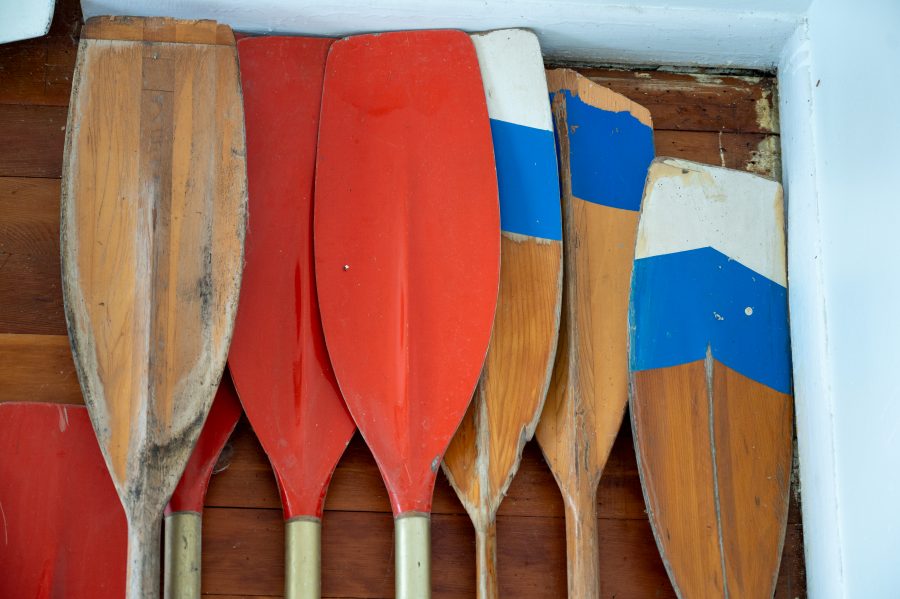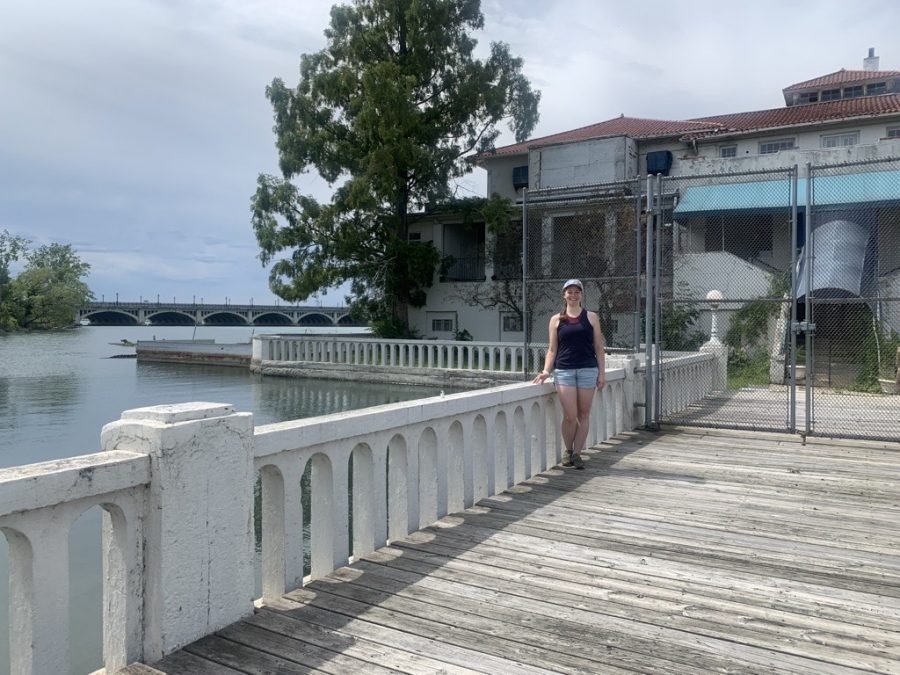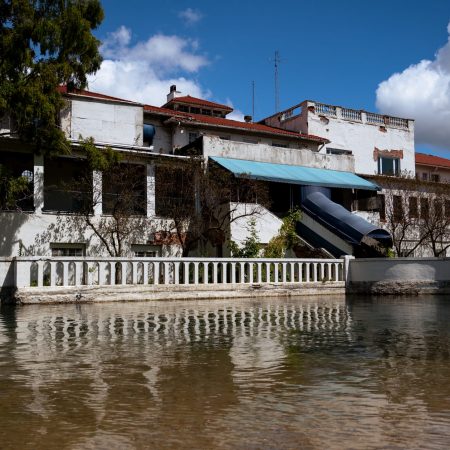CuriosiD: Who was Thomas Mollicone? The story behind the naming of an east side Detroit park
WDET’s CuriosiD podcast answers your questions about everything Detroit. Subscribe to CuriosiD on Apple Podcasts, Spotify, NPR.org or wherever you get your podcasts.
In this episode of CuriosiD, we answer a question from WDET listener Theresa May:
“There’s a park in Indian Village named after my Uncle Tommy, who passed away in World War II as a very young man. My family has always wondered — why was the park named after him?”
The short answer
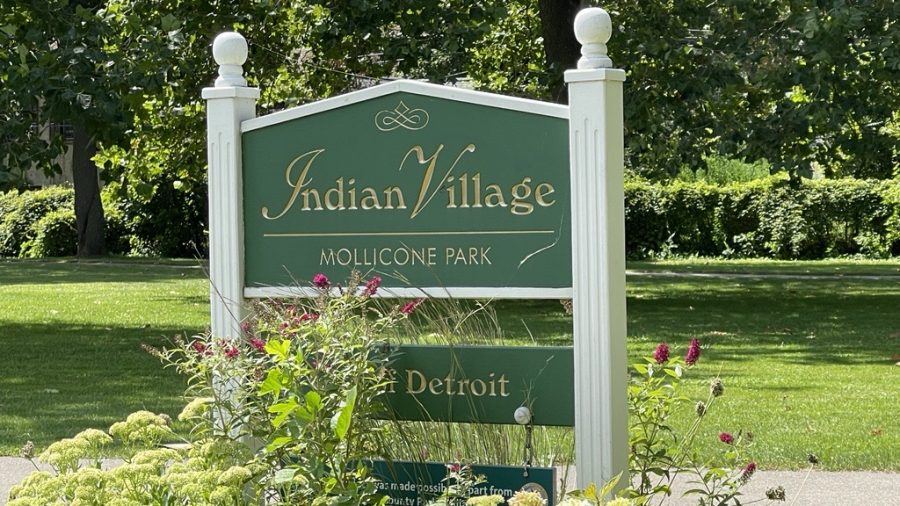
Who was Thomas Mollicone?
Thomas Mollicone was 23 years old when he joined the U.S. Army during World War II. He lived with his mother and three sisters in Detroit’s Indian Village neighborhood after their father died. The family had immigrated from Italy to Detroit when Mollicone was a child.
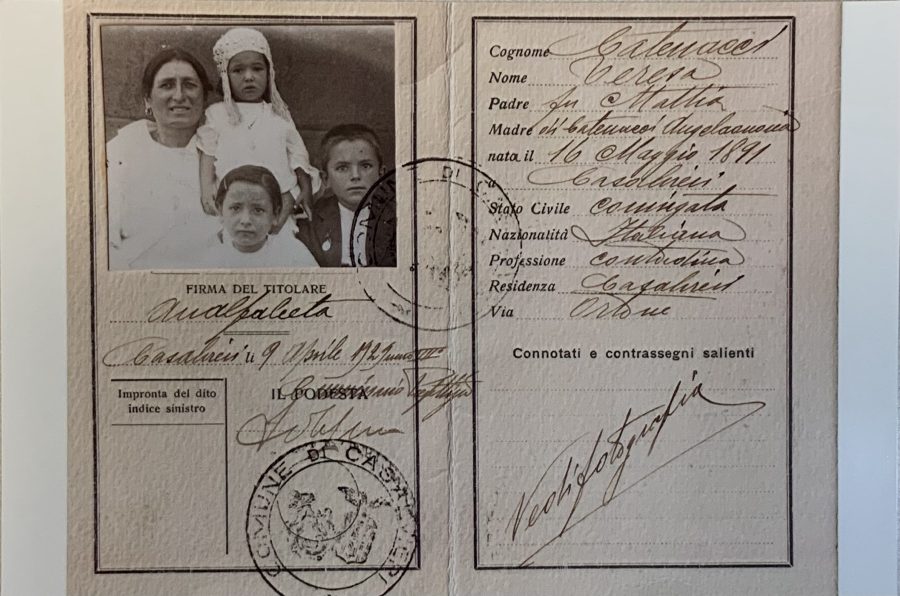
“He got his draft notice on the day of my parents’ wedding,” Patricia Antonelli, Mollicone’s niece, says.
Despite being the only wage earner for the household, Mollicone was drafted into military service.
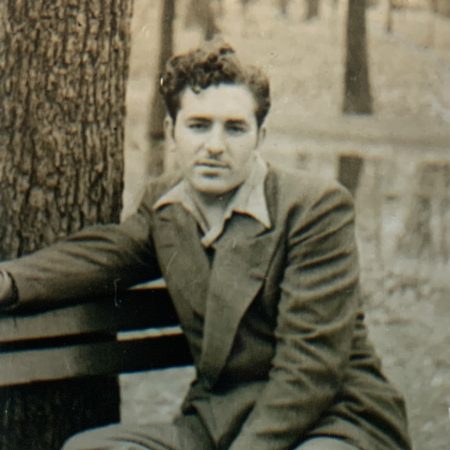
“Uncle Tommy should not have been drafted because he was the sole provider [for] three girls and his mom,” Antonelli said.
Family lore suggests that Mollicone’s mother attempted various methods to keep him out of the war.
“My grandmother apparently paid someone to keep him out of the service,” Theresa May said of her uncle. Antonelli added: “I’m not sure if she paid, but there was a scam.”
Mollicone’s family believes that a politician’s son avoided service because Mollicone went in his place.
“She made lots of chiffon cakes to keep him out. Bribery. But there was a [local] politician whose son did not go, and Tommy went in his place,” May said.
Mollicone earned several honors while serving in the military, including a Silver Star and Purple Heart. However, the exact circumstances of his death remain unclear.
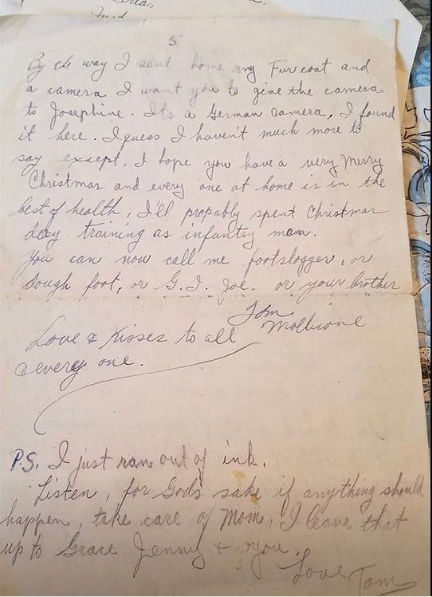
“He was asked to participate in a mission that they kind of knew he wasn’t going to come out of,” said May, recounting a story her mother shared with her. “He went into combat and did what he was asked to do for his country, and he died.”
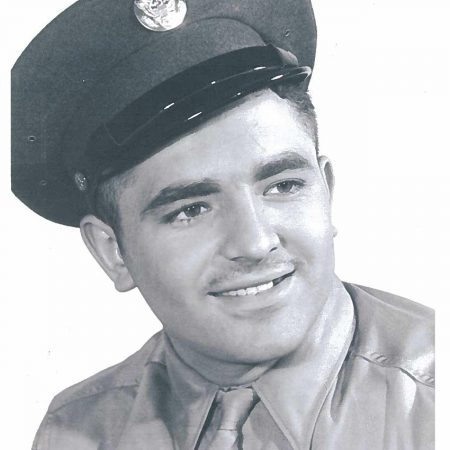
The evolution of Mollicone Park
Mollicone Park, an open space with mature trees in the historic Indian Village neighborhood, remained largely unused for many years after its dedication.
In 2011, Callie Sullivan — a resident of Indian Village — noticed the lack of local recreational spaces for her children.
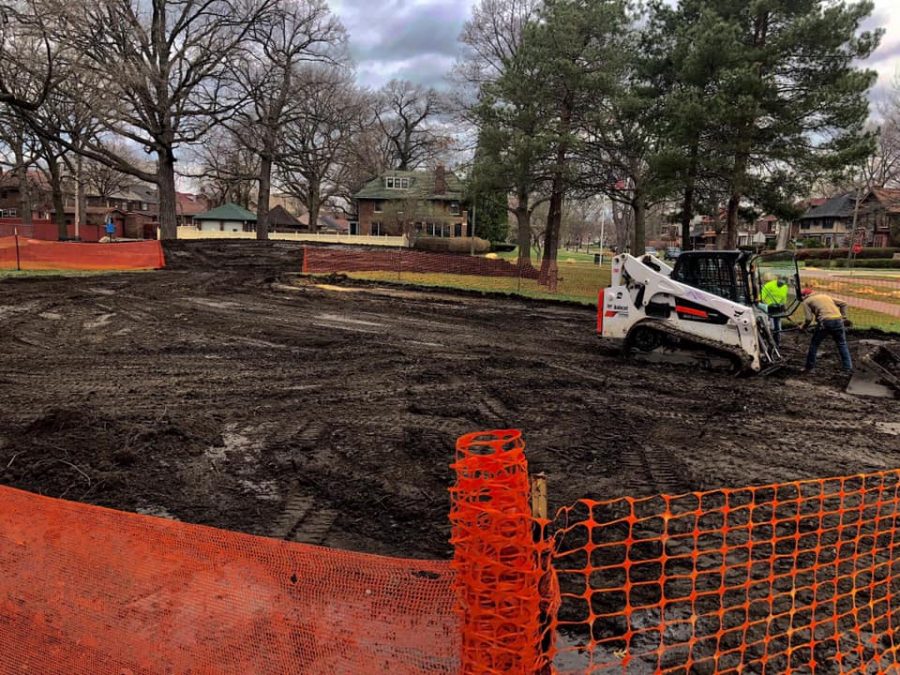
“I had one child at the time; I now have four,” Sullivan said. “We were always being creative with the places we would go to play. There wasn’t a nearby park.” Sullivan and her neighbors began canvassing the area, asking, “How could they make the park better?”
Their efforts led to the formation of the Friends of Mollicone Park — a committee of the nonprofit Indian Village Historical Collections — with the goal of revitalizing the underutilized park. Supported by a combination of funding from the city of Detroit, Wayne County and community donations, the group was able to bring their vision to life, and the park was re-dedicated in a ceremony attended by Mollicone’s closest remaining family members in June 2018.
Today, Mollicone Park features a playground, swings, walking paths and picnic tables, providing a much-needed space for the community.
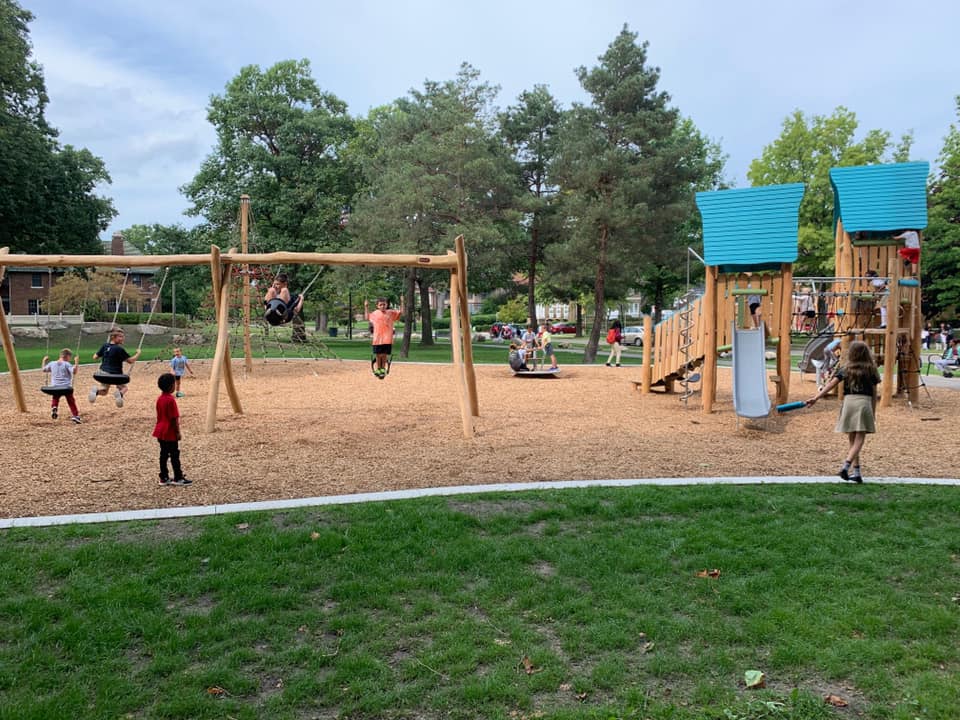
A community hero
Mollicone was known in his neighborhood for his generosity and reliability. He was often seen helping others by providing transportation to and from work during tough economic times.
“He would make rounds. He was like the local bus of the neighborhood where he would make sure whoever needed to get to their job was going to get to work,” Antonelli said. “He was a really great giving neighbor that everyone really loved, and it was the community that felt the loss of him.”

Other parks named after World War II heroes
Mollicone Park is one of several parks in Detroit named after fallen soldiers from World War II. Other parks include Dueweke Park — named after Sergeant Sylvester L. Dueweke, who died in 1945; and Krainz Park, named after Captain John Krainz — who was killed in action in 1944. Lipke Park, also known as SAY Detroit Play, honors the Lipke Brothers — Nicholas and Clarence — who both died during the war.
While the Mollicone family may not have all the details of Thomas Mollicone’s final moments, they remember him as a hero who made the ultimate sacrifice for his country.
About the listener

Theresa May is a New Baltimore resident and a longtime WDET listener. She says her family has always wondered what precipitated the Indian Village community’s decision to dedicate a local park in Millicone’s honor.
We want to hear from you!
Do you have a question about Detroit? Let us know here or fill out the form below.
More from CuriosiD:
Support the podcasts you love.
One-of-a-kind podcasts from WDET bring you engaging conversations, news you need to know and stories you love to hear.
Keep the conversations coming. Please make a gift today.
Lorem ipsum dolor sit amet, consectetur adipiscing elit. Ut elit tellus, luctus nec ullamcorper mattis, pulvinar dapibus leo.
The post CuriosiD: Who was Thomas Mollicone? The story behind the naming of an east side Detroit park appeared first on WDET 101.9 FM.
